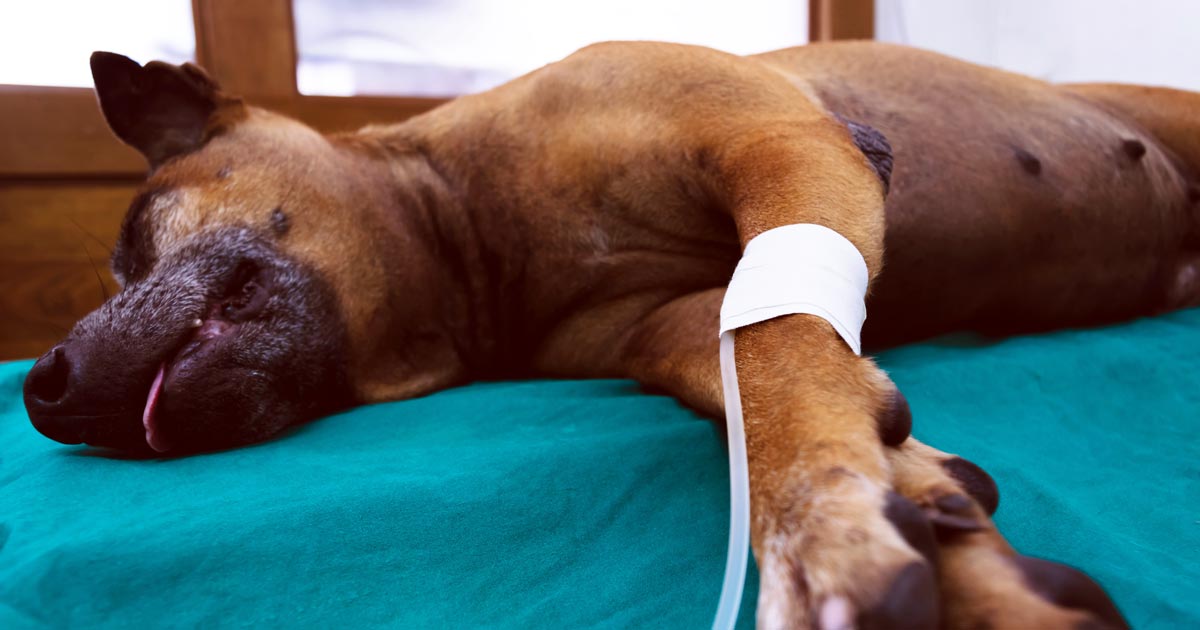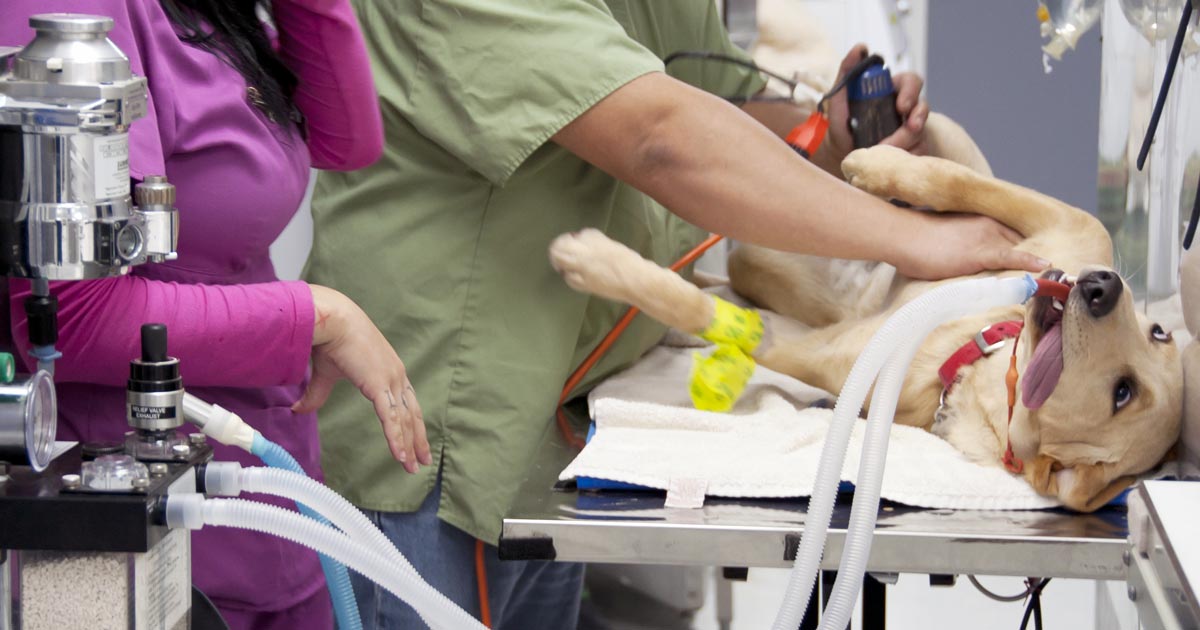Tag: Cats
-

Pancreatitis, pt 1: diagnosis
—
by
Pancreatitis is one of the most common exocrine conditions seen in small animal practice. It is caused by premature activation of enzymes (zymogens) within the pancreas leading to autodigestion, and can result in severe morbidity with the potential to lead to mortality. To this day, the diagnosis of pancreatitis remains a challenge – especially in…
-

Systemic antibiotics – a brief guide for new grads
—
by
A lot of information is available regarding different antibiotics and, for the newest generation of vets, the pressure to use them correctly and responsibly is greater than ever. One of main challenges when you start clinical practice is knowing the most appropriate antibiotic for common presenting conditions. Below is a rough guide for antibiotic selection according to body…
-
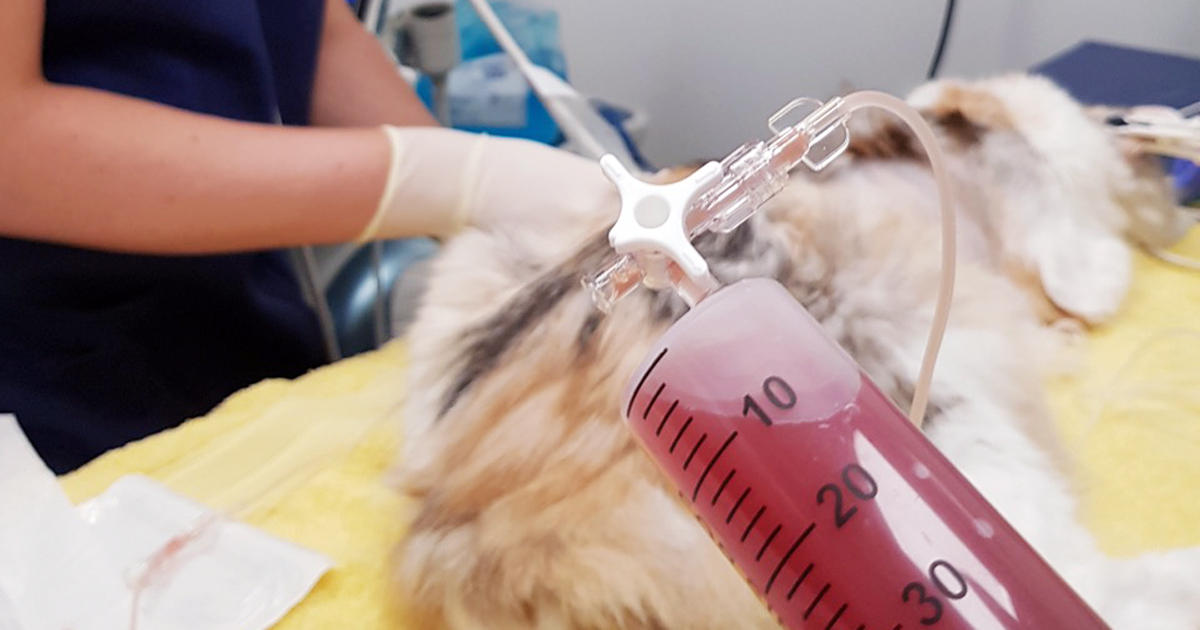
Thoracentesis, part 2: sample work
—
by
Last week we gave some hints and tips about how to perform a thoracocentesis. This week we look at what to do with the sample you collected and where to go to next. Looking at the sample is not enough, there are several things you need to do to make sure you are getting the…
-

Seizures, part 1: the questions to ask
—
by
Clients often panic when they think their pet is having a seizure and can skip over vital information. Often, what an owner describes as a “fit” may actually be syncope, collapse from anaphylaxis or internal haemorrhage (for example, neoplasia), a vestibular event or a behavioural condition. True seizures True seizures can be divided into two…
-
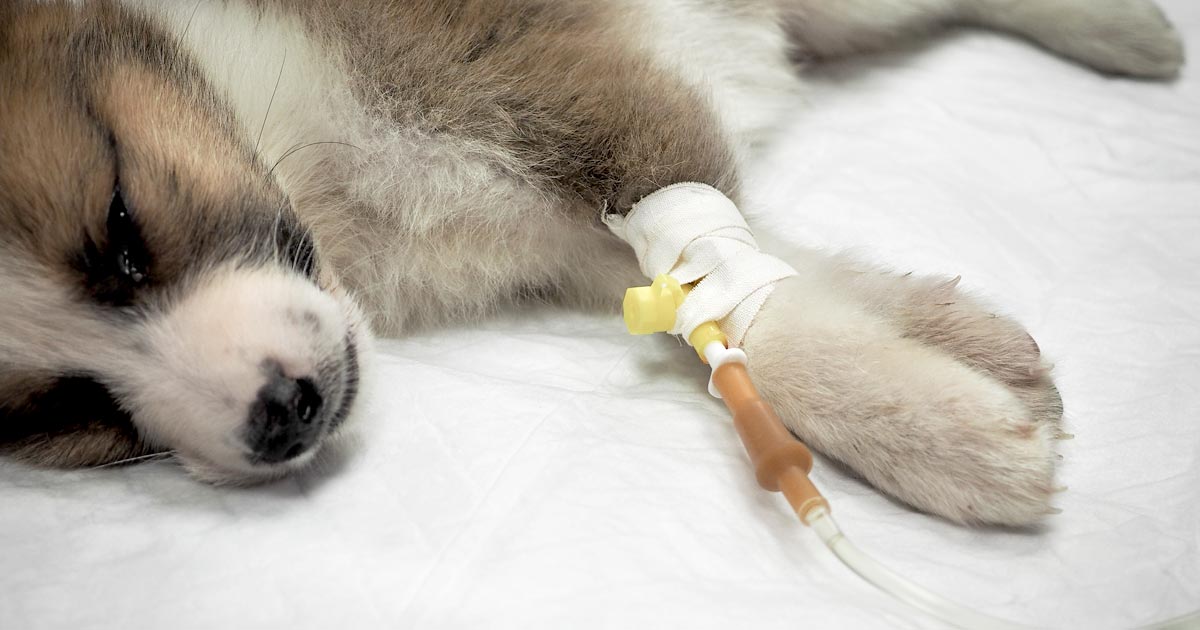
Hyponatraemia, pt 2: causes
—
by
The causes of hyponatraemia can be divided into three major categories, based on serum osmolality. This is further divided based on the patient’s volume status (Table 1). Most patients we see in clinic fall into the hypovolaemic category, except patients with diabetes mellitus. Table 1. Causes of hyponatraemia based on osmolality and volume status (from…
-
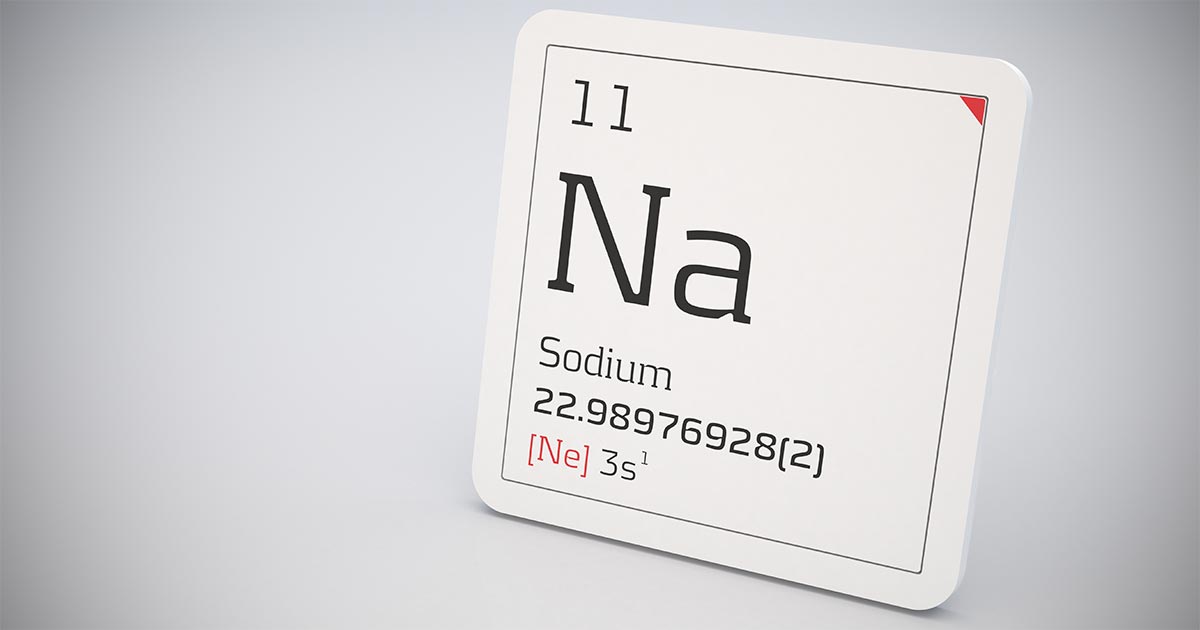
Hyponatraemia, pt 1: clinical signs
—
by
Hyponatraemia is a relatively common electrolyte disturbance encountered in critically ill patients, and the most common sodium disturbance of small animals. In most cases, this is caused by an increased retention of free water, as opposed to the loss of sodium in excess of water. Low serum sodium concentration Hyponatraemia is defined as serum concentration…
-
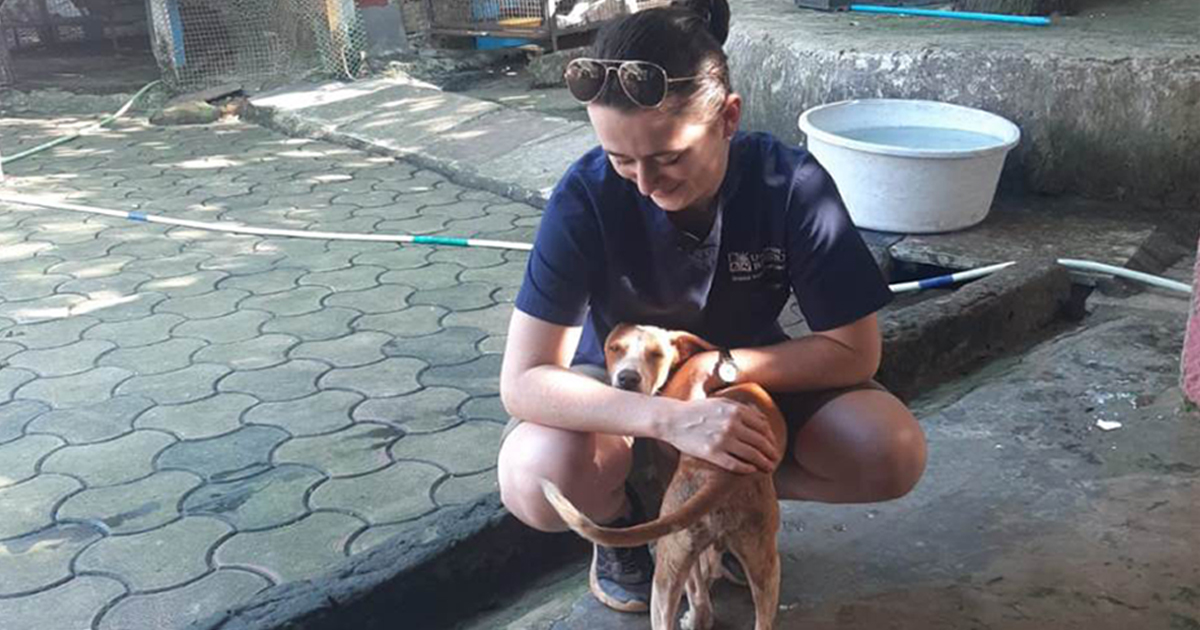
Tales of an Indian winter
—
by
It had been an ambition of mine since the beginning of vet school to do some type of work abroad, whether it be preclinical or clinical, a paid position or volunteer work. A big reason I undertook an intercalated MSc was for the option it presented for a three-month research period in Western Australia. Sadly,…
-
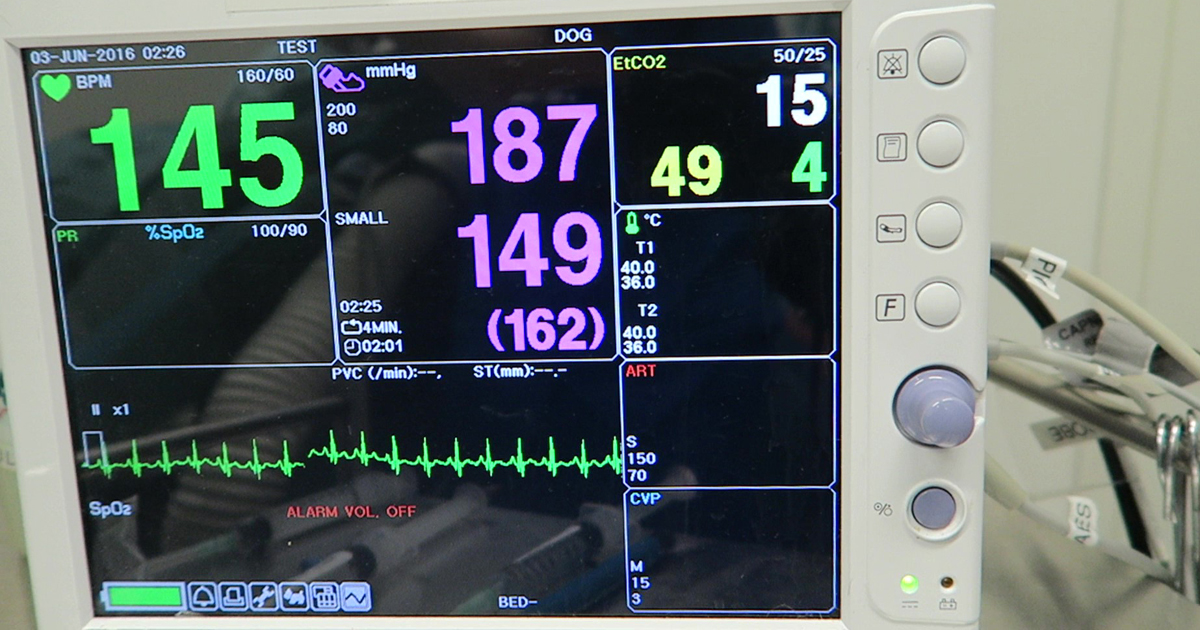
Systemic hypertension, part 2: clinical signs and diagnosis
—
by
Systemic hypertension, part 1 Systemic hypertension (SH) alone is often asymptomatic until it is severe, making early detection difficult. For this reason, it is important to know the diseases, illnesses, and other causes that can contribute to SH and recognise their clinical signs. From there, through thorough diagnostic investigations, a diagnosis will, hopefully, result then…
